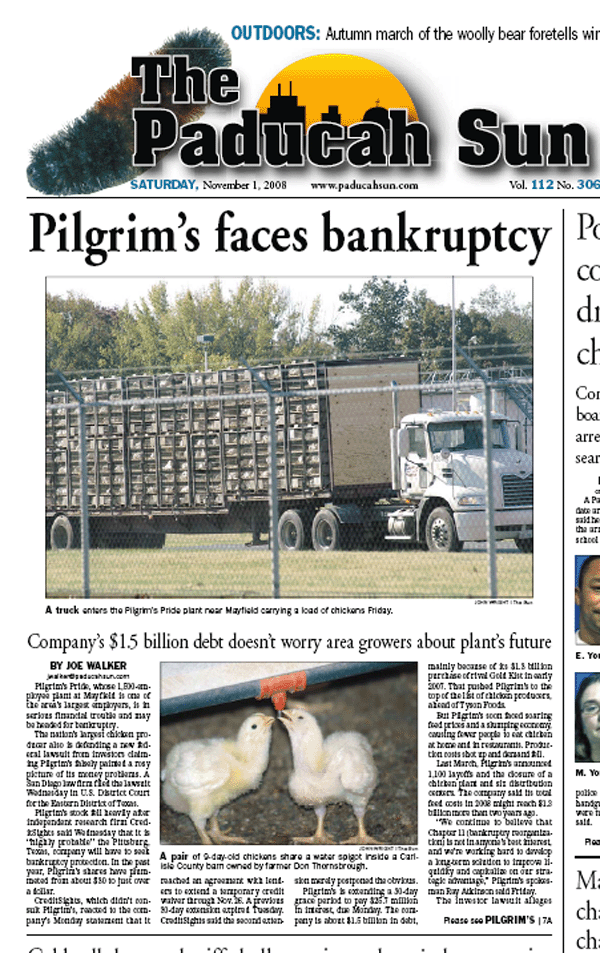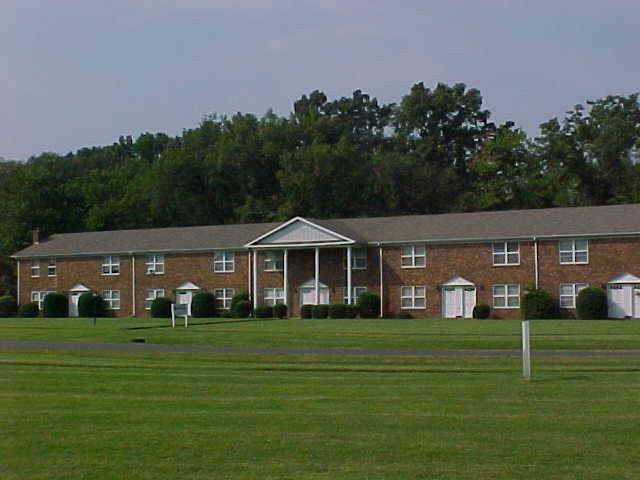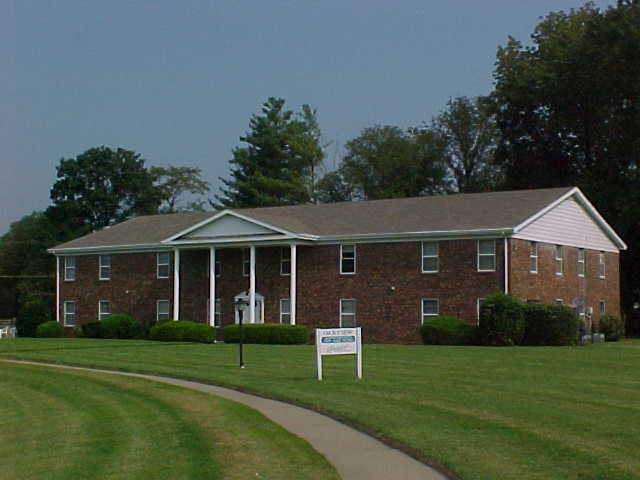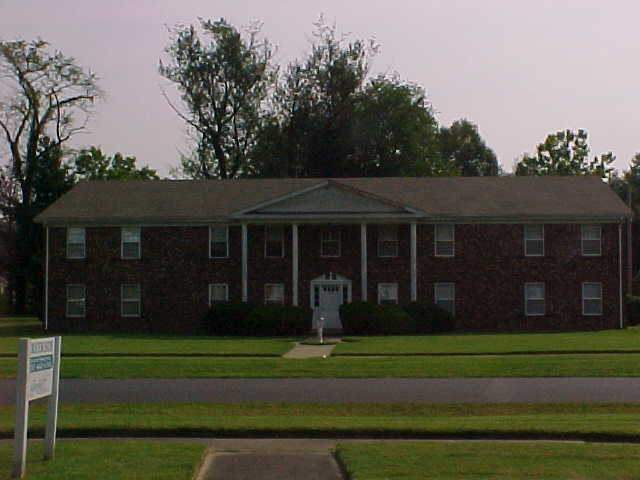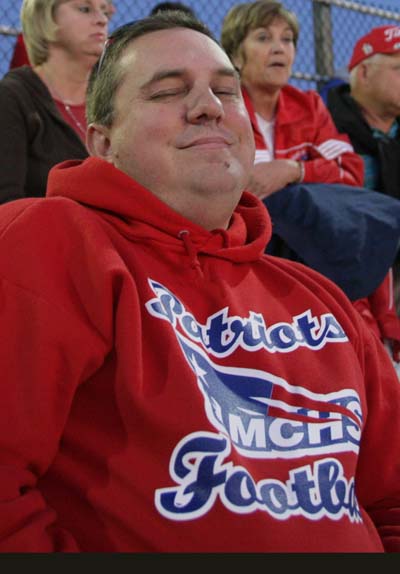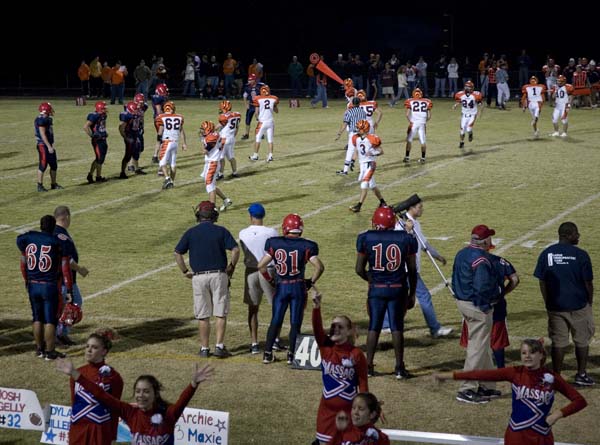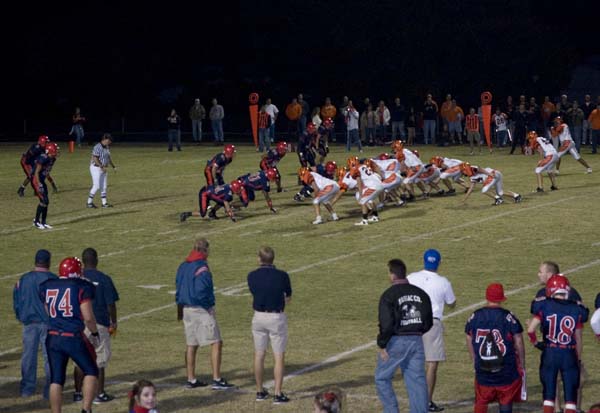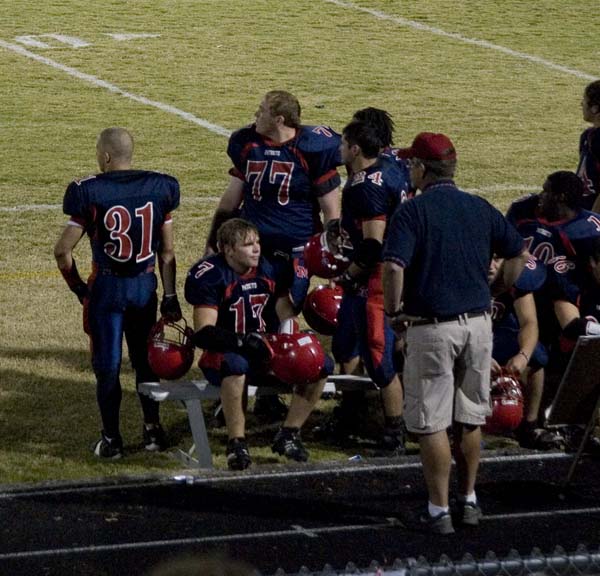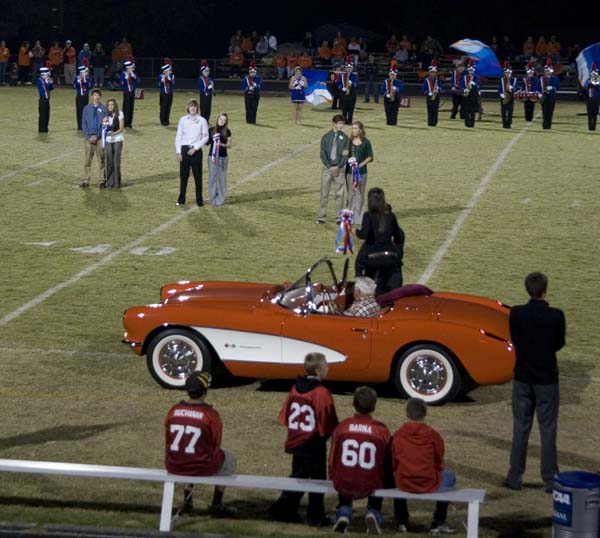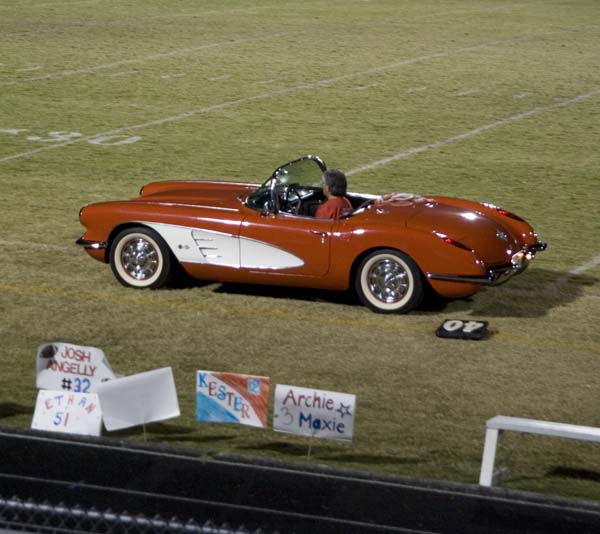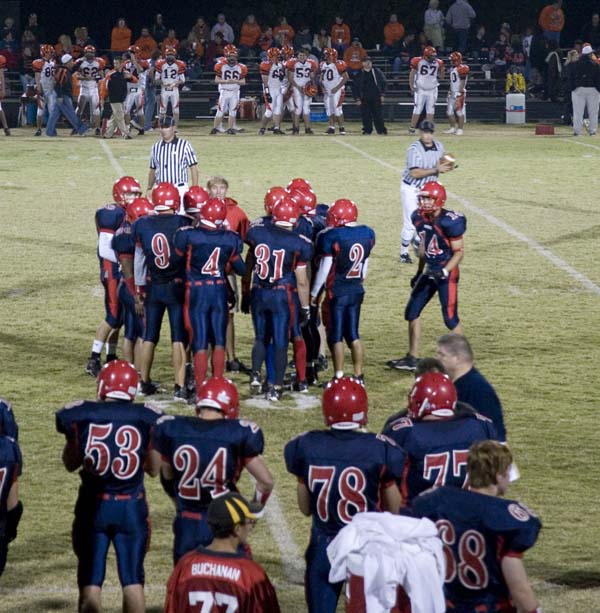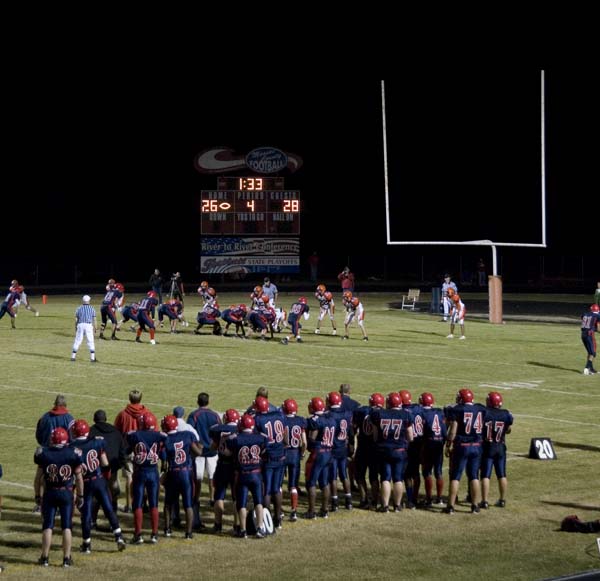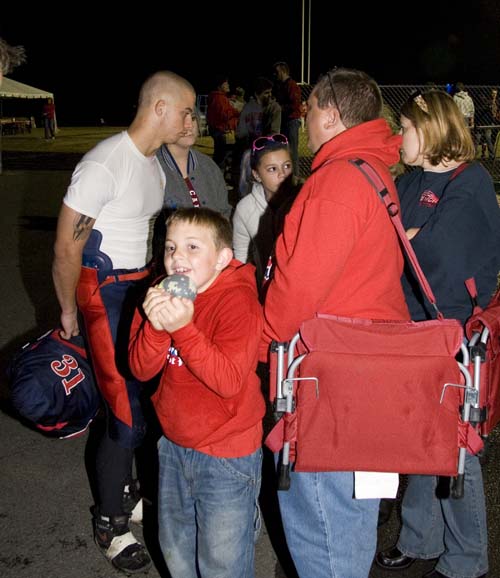Probably as close to a total collapse of the economy that we have witnessed since the 1920s and 30s.
36 Hours of Alarm and Action as Crisis Spiraled
This article was reported by Andrew Ross Sorkin, Diana B. Henriques, Edmund L. Andrews and Joe Nocera. It was written by Mr. Nocera.
“Panic can cause a prudent person to do rational things that can contribute to the failure of an institution.” — William A. Ackman of the hedge fund Pershing Square Capital Management.
It was early on Wednesday, Sept. 17, when executives at Pershing Square, Bill Ackman’s hedge fund, began getting nervous calls and e-mail messages from investors. Mr. Ackman, 42, has been a top Wall Street player for 15 years, making his clients — and himself — billions of dollars.
But now, Mr. Ackman and his colleagues were taken aback by what they were hearing. His big investors were worried about all of the Pershing assets held by Goldman Sachs, the blue-chip investment bank, whose stock had come under siege.
Never mind that Goldman kept Pershing’s assets in a segregated account, and that the money was safe. And never mind that Mr. Ackman believed Goldman was the world’s best-run investment bank and would come through the credit crisis unscathed.
Pershing investors still feared their money might be exposed. Mr. Ackman advised Goldman executives to do something to restore confidence — such as getting an infusion of capital from Warren E. Buffett, the billionaire investor. And while Mr. Ackman kept his assets at Goldman, he hurriedly set up accounts at three other institutions — just in case things got much worse.
Pershing had more faith than most. Up and down Wall Street, hedge funds with billions of dollars at Goldman and Morgan Stanley, another storied investment bank, were frantically pulling money out and looking for safer havens.
Panic was spreading on two of the scariest days ever in financial markets, and the biggest investors — not small investors — were panicking the most. Nobody was sure how much damage it would cause before it ended.
This is what a credit crisis looks like. It’s not like a stock market crisis, where the scary plunge of stocks is obvious to all. The credit crisis has played out in places most people can’t see. It’s banks refusing to lend to other banks — even though that is one of the most essential functions of the banking system. It’s a loss of confidence in seemingly healthy institutions like Morgan Stanley and Goldman — both of which reported profits even as the pressure was mounting. It is panicked hedge funds pulling out cash. It is frightened investors protecting themselves by buying credit-default swaps — a financial insurance policy against potential bankruptcy — at prices 30 times what they normally would pay.
It was this 36-hour period two weeks ago — from the morning of Wednesday, Sept. 17, to the afternoon of Thursday, Sept. 18 — that spooked policy makers by opening fissures in the worldwide financial system.
In their rush to do something, and do it fast, the Federal Reserve chairman, Ben S. Bernanke, and Treasury Secretary Henry M. Paulson Jr. concluded the time had come to use the “break the glass” rescue plan they had been developing. But in their urgency, they bypassed a crucial step in Washington and fashioned their $700 billion bailout without political spadework, which led to a resounding rejection this past Monday in the House of Representatives.
That Thursday evening, however, time was of the essence. In a hastily convened meeting in the conference room of the House speaker, Nancy Pelosi, the two men presented, in the starkest terms imaginable, the outline of the $700 billion plan to Congressional leaders. “If we don’t do this,” Mr. Bernanke said, according to several participants, “we may not have an economy on Monday.”
Setting the Stage
Wall Street executives and federal officials had known since the previous weekend that it was likely to be a difficult week.
With the government refusing to offer the same financial guarantees that helped save Bear Stearns, Fannie Mae and Freddie Mac, efforts on Saturday to find a buyer for Lehman Brothers had failed.
Sunday was spent preparing to deal with Lehman’s bankruptcy, which was announced Monday morning. Merrill Lynch, fearing it would be next, had agreed to be bought by Bank of America. The American International Group was near collapse. (It would be rescued with an $85 billion loan from the Federal Reserve on Tuesday evening.)
With government policy makers appearing to careen from crisis to crisis, the Dow Jones industrial average plunged 504 points on Monday. Panic was in the air.
At those weekend meetings, Wall Street executives and federal officials talked about the possibility of contagion — that the Lehman bankruptcy might set off so much fear among investors that the market “would pivot to the next weakest firm in the herd,” as one federal official put it.
That firm, everyone knew, was likely to be Morgan Stanley, whose stock had been dropping since the previous Monday, Sept. 8. Within three hours on Tuesday, Sept. 16, Morgan Stanley shares fell another 28 percent, and the rising cost of its credit-default swaps suggested investors were predicting bankruptcy.
To allay the panic, the firm decided to report earnings a day early — after the market closed Tuesday afternoon instead of Wednesday morning. The profit was terrific — $1.425 billion, just a 3 percent decline from 2007 — and the thinking was that would give investors the night to absorb the good news.
“I am hoping that this will generally help calm the market,” Morgan Stanley’s chief financial officer, Colm A. Kelleher, said in an interview late that afternoon. “These markets are behaving irrationally. There’s a lot of fear.”
The Spreading Contagion
But contagion was already spreading. The problem posed by the Lehman bankruptcy was not the losses suffered by hedge funds and other investors who traded stocks or bonds with the firms. As federal officials had predicted, that turned out to be manageable. (That was one reason the government did not step in to save the firm.)
The real problem was that a handful of hedge funds that used the firm’s London office to handle their trades had billions of dollars in balances frozen in the bankruptcy.
Diamondback Capital Management, for instance, a $3 billion hedge fund, told its investors that 14.9 percent of its assets were locked up in the Lehman bankruptcy — money it could not extract. A number of other hedge funds were in the same predicament. (When called for comment, Diamondback officials did not answer the phone.)
As this news spread, every other hedge fund manager had to worry about whether the balances they had at other Wall Street firms might suffer a similar fate. And Morgan Stanley and Goldman Sachs were the two biggest firms left that served this back-office role. That is why Mr. Ackman’s investors were calling him. And that is what caused hedge funds to pull money out of Morgan Stanley and Goldman Sachs, hedge their exposure by buying credit-default swaps that would cover losses if either firm couldn’t pay money they owed — or do both.
It was fear, not greed, that was driving everyone’s actions.
Breaking the Buck
There was another piece of bad news spooking investors — and government officials. On Tuesday, the Reserve Primary Fund, a $64 billion money market fund, and two smaller, related funds, revealed that they had “broken the buck” and would pay investors no more than 97 cents on the dollar.
Money market funds serve a critical role in greasing the wheels of commerce. They use investors’ money to make short-term loans, known as commercial paper, to big corporations like General Motors, I.B.M. and Microsoft. Commercial paper is attractive to money market funds because it pays them a higher interest rate than, say, United States Treasury bills, but is still considered relatively safe.
A run on money funds could force fund managers to shy away from commercial paper, fearing the loans were no longer safe. One reason given by the Reserve Primary Fund for breaking the buck was that it had bought Lehman commercial paper with a face value of $785 million that was now worth little because of its bankruptcy. If money market funds became fearful of buying commercial paper, that would make it far more difficult for companies to raise the cash needed to pay employees, for instance. At that point, it would not just be the credit markets that were frozen, but commerce itself.
Just as important, in the eyes of federal officials, was that money market funds had long been viewed by investors as akin to bank accounts — a safe place to store cash and earn interest on that money. Despite lacking federal deposit insurance, these funds held $3.4 trillion in assets.
“Breaking the buck was the Rubicon,” said a federal official. “This was the first time in the crisis that you could see stories talking about how it was affecting real people.”
Since that Monday, big institutional investors — like pension funds and college endowments — had been pulling money out of money funds. On Tuesday, individual investors joined the stampede.
At the Investment Company Institute, the trade group for the mutual fund industry, executives had organized a conference call that week with top-level fund executives and government officials.
“We were saying to Treasury and the Fed, at a very high level: Pay attention to this issue. This will have an impact,” recalled Greg Ahern, the group’s chief communication officer.
But government officials monitoring the crisis did not need the warning. They were already watching money fund outflows with alarm.
Surprisingly, stock investors — feeling better because of the government’s A.I.G. rescue plan — either did not comprehend or ignored the growing chaos in credit markets; the Dow actually rose 141.51 points on Tuesday.
A Dark Day
The respite was brief. Wednesday, Sept. 17, was one of those dark, ugly market days that offers not even a glimmer of hope.
Fearing the worst, Alex Ehrlich, the global head of prime services at the Swiss bank UBS, arrived at work in New York at 5 a.m. and immediately started putting out fires. Because he ran the firm’s prime brokerage unit, clients were calling to see whether their money was safe.
“We were being flooded with client requests to move positions, and the funding markets, which are critically important to prime brokers, were extremely volatile,” he said.
Within seconds of the market opening, the Dow was down 160 points. Among the big losers was Morgan Stanley. Despite the strong earnings it had disclosed late Tuesday, its stock continued to plummet. By noon, the Dow was down 330 points. It rallied in the afternoon, but went into free fall in the last 45 minutes, closing down 449 points.
And that was just what investors could see. Behind the scenes, the credit markets had almost completely frozen up. Banks were refusing to lend to other banks, and spreads on credit default swaps on financial stocks — the price of insuring against bankruptcy — veered into uncharted waters.
Moreover, the drain on money funds continued. By the end of business on Wednesday, institutional investors had withdrawn more than $290 billion from money market funds. In what experts call a “flight to safety,” investors were taking money out of stocks and bonds and even money market funds and buying the safest investments in the world: Treasury bills. As a result, yields on short-term Treasury bills dropped close to zero. That was almost unheard of.
In the stock market, Mr. Ehrlich of UBS was horrified by the plunge of Morgan Stanley’s shares, given the stellar earnings. “It felt like there was no ground beneath your feet,” he said. “I didn’t know where it was going to end.”
A Chief Executive’s Anger
Neither did Morgan Stanley’s chief executive, John J. Mack. A week before, his firm’s stock was trading in the mid-40s. On Wednesday, it fell from $28.70 a share to $21.75 — down about 50 percent over a week.
“There is no rational basis for the movements in our stock or credit default spreads,” Mr. Mack wrote in a companywide memo on Wednesday. Mr. Mack lashed out at the people he felt were responsible for Morgan Stanley’s woes: the short-sellers, who profit by betting that a stock will fall.
Like most Wall Street firms, Morgan Stanley over the years had handled transactions for short-sellers, despite complaints by other companies that short-sellers unfairly ganged up on their stock. Nevertheless, Mr. Mack called Senator Charles E. Schumer, Democrat of New York, and Christopher Cox, the chairman of the Securities and Exchange Commission, pressing them to ban short-selling.
He raged about what he viewed as a concerted effort to drive down the firm’s stock. “He got emotional,” says one person who knows him well.
Meeting with staff members Thursday morning as the stock plunged further — hitting a low of $11.70 midday — Mr. Mack said: “Listen. I know everybody is anxious about the stock price. I’m not selling any shares, and neither is my team. But I understand if you’re nervous and want to sell some shares.” Some did. (The company said fewer than one-third of employees sold stock that day.)
At the same time, Mr. Mack began talks to merge with Wachovia, and called other banks about possible combinations. He also called Mr. Buffett for advice, while aides in Tokyo contacted Mitsubishi UFJ, Japan’s biggest lender, hoping to raise additional capital.
Run on a Fund
Even as stocks tanked, turmoil was worsening in money markets. On Wednesday evening, Paul Schott Stevens, the head of the Investment Company Institute, learned about a problem with another money fund. “This time it was Putnam,” recalled Mr. Stevens, referring to the Boston-based mutual fund company Putnam Investments.
Out of the blue, it seemed, there was a run on the $12.3 billion Putnam Prime Money Market Fund. That meant the money fund contagion was spreading. Because of huge withdrawals, Putnam decided it had to shut the fund, and distribute the cash to shareholders. If it did not, the first ones out the door would get a better deal than the laggards.
Executives of the Investment Company Institute and fund officials scrambled to find a solution that would keep Putnam from having to take that step, but they failed. On Thursday, Putnam shuttered the fund. (After the government rescue plan was announced, it sold the fund, intact, to another company, and investors did not lose a penny.)
The Fed Takes Action
Ben Bernanke had spent his career studying financial crises. His first important work as an economist had been a study of the events that led to the Great Depression. Along with several economists, he came up with a phrase, “the financial accelerator,” which described how deteriorating market conditions could speed until they became unmanageable.
To an alarming degree, the credit crisis had played out as his academic work predicted. But his research also led Mr. Bernanke to the view that “situations where crises have really spiraled out of control are where the central bank has been on the sideline,” according to Mark Gertler, a New York University economist who has collaborated with Mr. Bernanke on some papers.
Mr. Bernanke had no intention of keeping the Fed on the sidelines. As the crisis deepened, it took more aggressive steps. It added liquidity to the system. It opened the discount window — the emergency lending facility that had been reserved for troubled banks — to investment banks. It also agreed to absorb up to $29 billion in Bear Stearns losses and made an $85 billion loan to keep A.I.G. afloat.
Representative Barney Frank, the Massachusetts Democrat who leads the House Financial Services Committee, asked Mr. Bernanke if the Fed had $85 billion to spare. “We have $800 billion,” Mr. Bernanke replied, according to Mr. Frank.
Since the Bear Stearns bailout, Treasury and Fed officials had discussed what a broad government intervention might look like. Although there were suggestions for a “bank holiday” — a temporary, nationwide closing of banks, which had not been done since 1933, to stem panicky withdrawals — Mr. Bernanke and Mr. Paulson dismissed the idea, fearing it would do far more harm than good by scaring people needlessly. They had both assembled teams to map out drastic rescue plans — the “break the glass” plans.
Almost from the start, they concluded the best systemic solution was to buy hard-to-sell mortgage-backed securities.
On Wednesday morning, during a conference call with other top officials, including Jean-Claude Trichet, the president of the European Central Bank, Mr. Bernanke sounded them out on a big government bailout. The other officials sounded relieved; their main questions were about whether Congress could act quickly.
That evening, Mr. Bernanke told Mr. Paulson during a conference call: “You have to go to Congress. This is pervasive.” Mr. Paulson agreed.
A Sense of Urgency
By Thursday morning, the need for dramatic action had grown even more urgent.
In Asia, stocks had already closed lower. To quell fears before the opening of European markets, the Fed and other central banks announced they would make $180 billion available, in an effort to get banks to start lending to each other again. The Fed had agreed to open its discount window to make loans available to money market funds to prevent further runs.
But it was to little avail.
At 8:30 Thursday morning in the United States, when Mr. Paulson and Mr. Bernanke reviewed the state of affairs, markets remained roiled. The crisis was not easing up.
One Bank’s Solution
Lloyd C. Blankfein, Goldman Sachs’s chief executive, had arrived at the firm’s office on 85 Broad Street just before 7 a.m. Thursday, anticipating another bad day. The investment bank’s stock had already been pummeled. From nearly $250 a share last October, it had fallen to $114.50 on Wednesday — after hitting a low of $97.78 that day.
One idea he had been exploring was to transform Goldman into a bank holding company. Mr. Mack, meantime, was also considering such a move for Morgan Stanley, and both were in separate discussions with the Fed. There was safety in that notion — they would become depository institutions regulated by the Fed and others — though it also meant they would not be able to pile on as much debt as they had as investment banks. That would hurt profits. But now profits were less pressing than survival. Mr. Blankfein accelerated the planning.
By 1 p.m., the Dow had fallen another 150 points — meaning that in a day and a half it was down nearly 600 points. Goldman’s stock dropped to $85.88, its lowest in nearly six years.
Just then, a prankster piped “The Star-Spangled Banner” over the firm’s loudspeaker system on the 50th floor. Fixed-income traders stopped and stood at attention, some with hands on their hearts. Oddly, it was at precisely that moment that the market — and Goldman’s shares — started to rise.
The traders began to cheer.
Curbing Short-Selling
What happened? At 1 p.m. New York time, the Financial Services Authority in Britain, which regulates that nation’s financial institutions, announced a ban on short-selling of 29 financial stocks that would last at least 30 days.
“When I saw that, I knew we were about to have the mother of all short squeezes,” said one hedge fund manager. Realizing that the S.E.C. was likely to follow suit, hedge funds began “covering their shorts” — that is, buying the stocks they had borrowed to short, even if it meant taking a loss.
That caused all kinds of stocks to begin rising. Sure enough, the S.E.C. followed suit the next day, placing a temporary short-selling ban on 799 financial stocks.
A few hours later came the second event. At 3:01 CNBC reported the Treasury and the Fed were planning a giant fund to buy toxic mortgage-backed assets from financial institutions. Though there had been hints of this earlier in the afternoon, and stocks had started rising around 2:30, the wide dissemination set off a huge rally. In a 45-minute burst, the Dow gained another 300 points, closing the day up 410 points.
Meeting on Capitol Hill
Two hours later, Mr. Paulson and Mr. Bernanke trooped up to Capitol Hill for a somber session with Congressional leaders. “That meeting was one of the most astounding experiences I’ve had in my 34 years in politics,” Senator Schumer recalled.
As the members of Congress and their aides listened, the two laid out their plan. They would begin offering federal insurance to money market funds immediately, in order to stop the run on money funds.
In addition, the S.E.C. would institute a ban on short-selling of financial stocks. Although Treasury officials concede that the move was mostly symbolic — investors can still buy put options that have the same effect as shorting stocks — they did it mainly “to scare the hell out of everybody,” as one official put it.
After Mr. Bernanke made his remark about the possibility that there might not be an economy on Monday without this plan, you could hear a pin drop.
“I gulped,” Mr. Schumer said.
Congressional leaders were nearly unanimous in saying that it needed to be done for the good of the country. Representative John A. Boehner of Ohio — the Republican House leader who a week later would lead the revolt against the plan — said it was time to put politics aside and move quickly, according to several participants. (An aide to Mr. Boehner denied that he voiced support for the plan, only that he made a plea for cooperation.)
Hearing that Mr. Bernanke and Mr. Paulson wanted legislation passed in a matter of days, the Senate majority leader, Harry Reid, expressed astonishment. “This is the United States Senate,” he said. “We can’t do it in that time frame.” His Republican counterpart, Senator Mitch McConnell, replied, “This time we can.”
He was wrong. After a week of wrangling, political infighting and compromise, the House on Monday voted down the legislation. The Dow plunged nearly 778 points, and credit markets had worsened, with interest rates rising and loans becoming harder to obtain.
Two weeks after Mr. Paulson and Mr. Bernanke made their appeal, the House is likely to try again.
